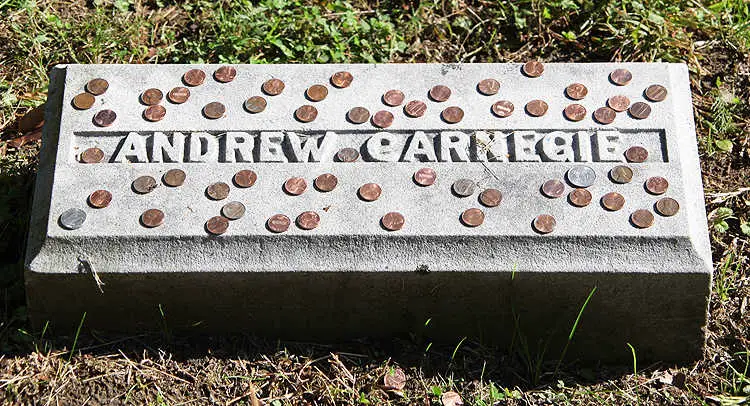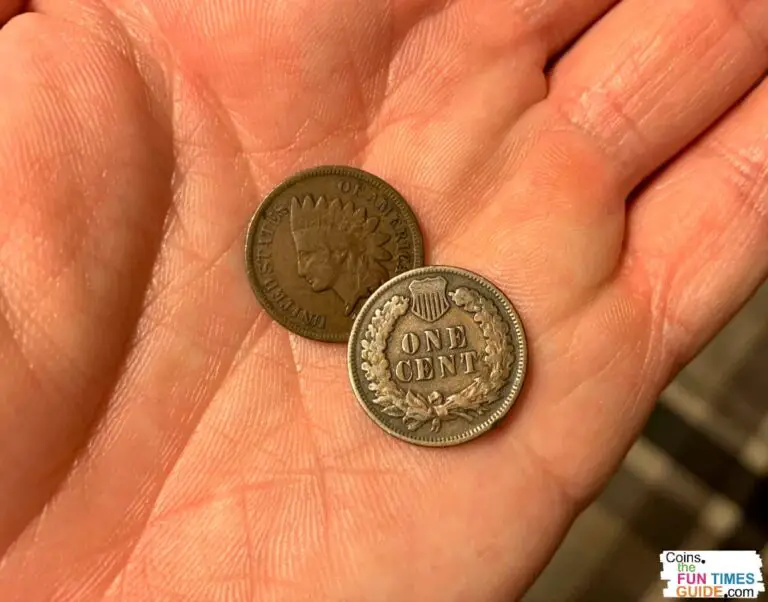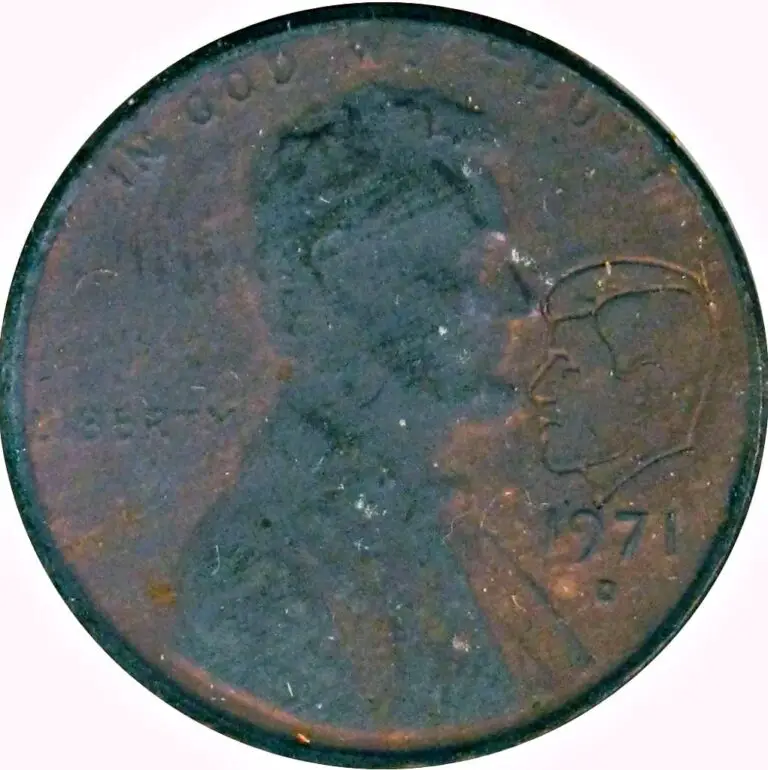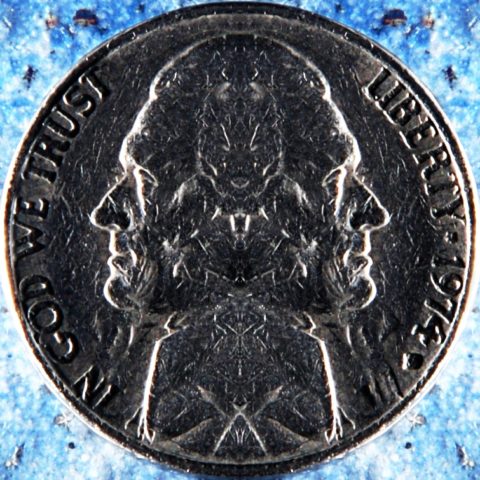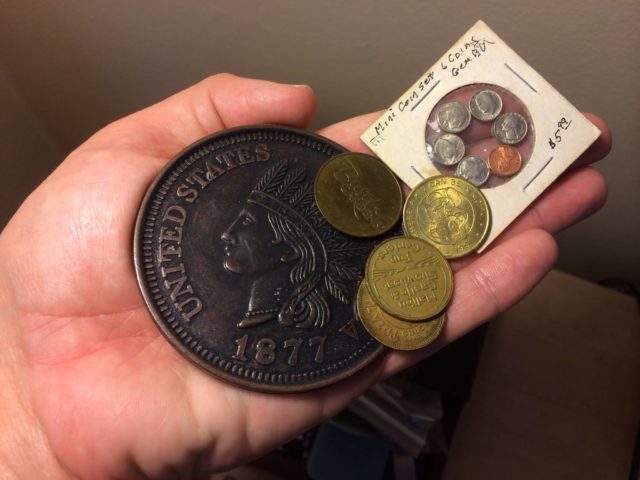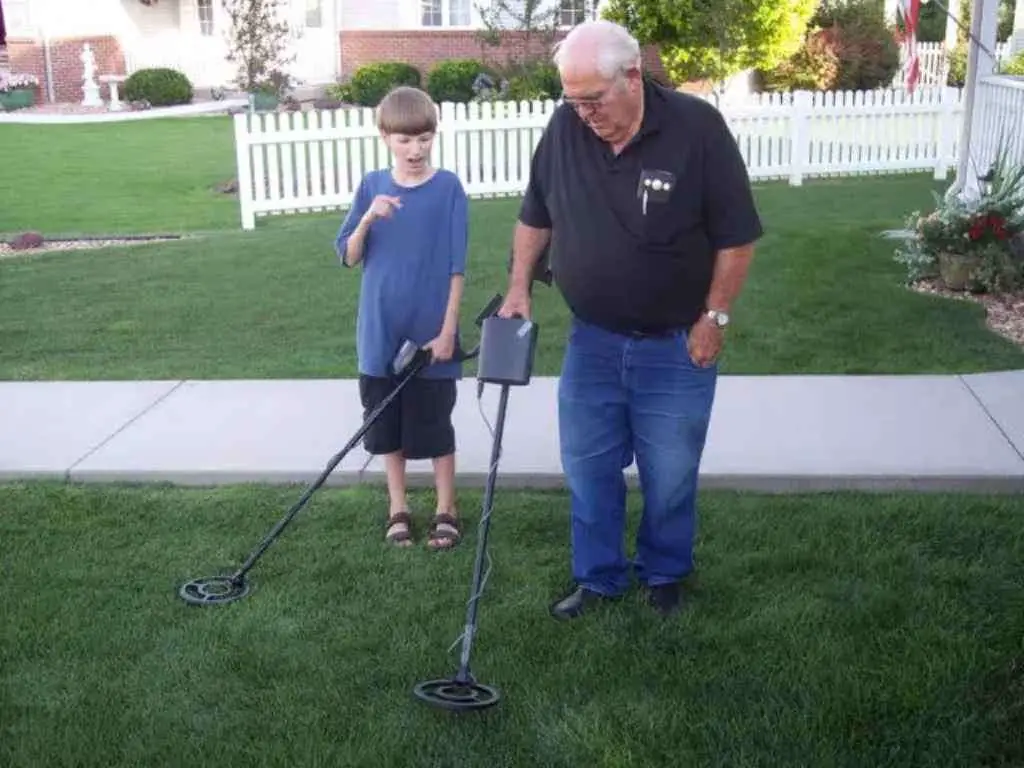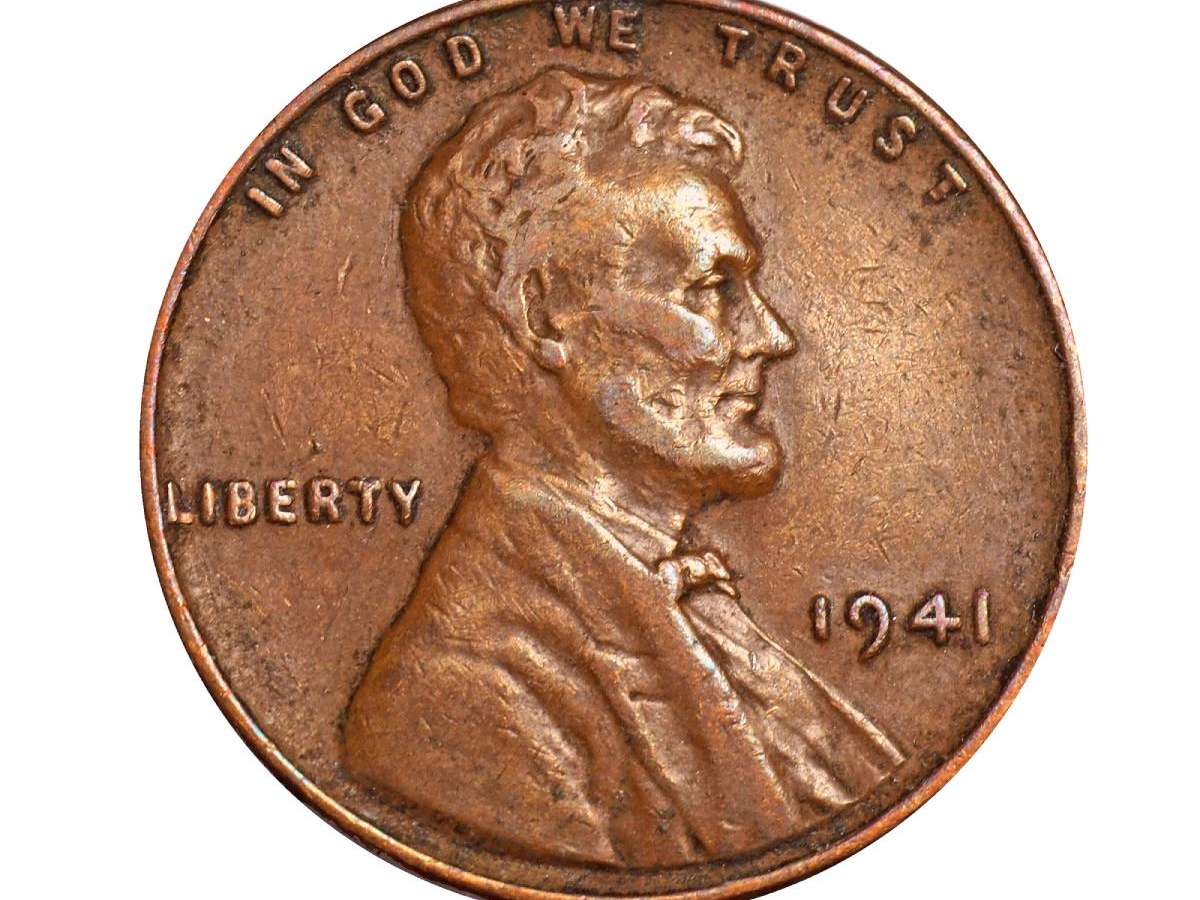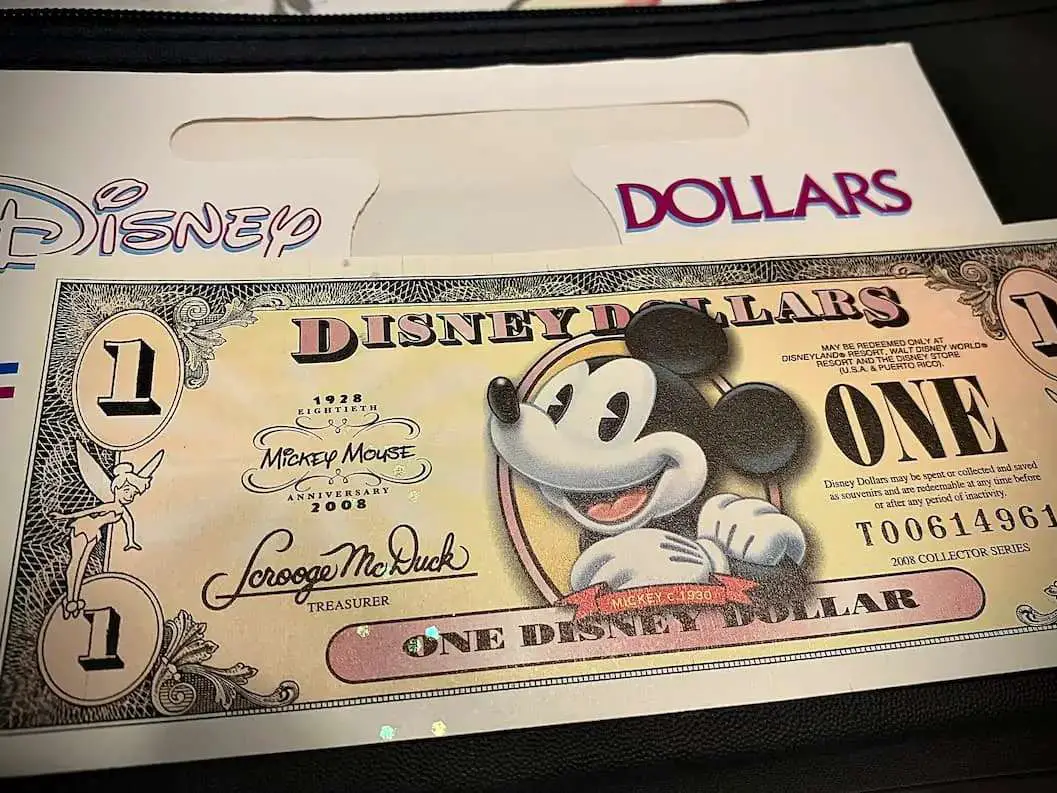
Articles Tagged:
Novelty Coins
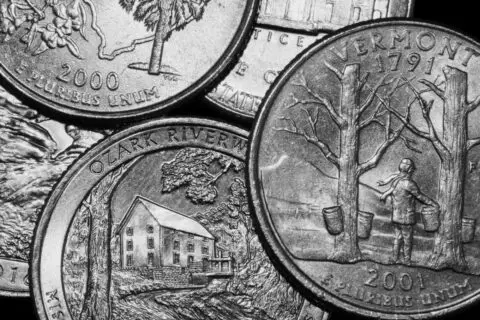
The statehood quarter program began in 1999 and continued through 2008. The 50 state quarters were released into circulation in the order the statehoods came into existence. Here's the list of all 50 state quarters & their release dates. Plus, everything you need to know about collecting state quarters, and fun ways to organize them!
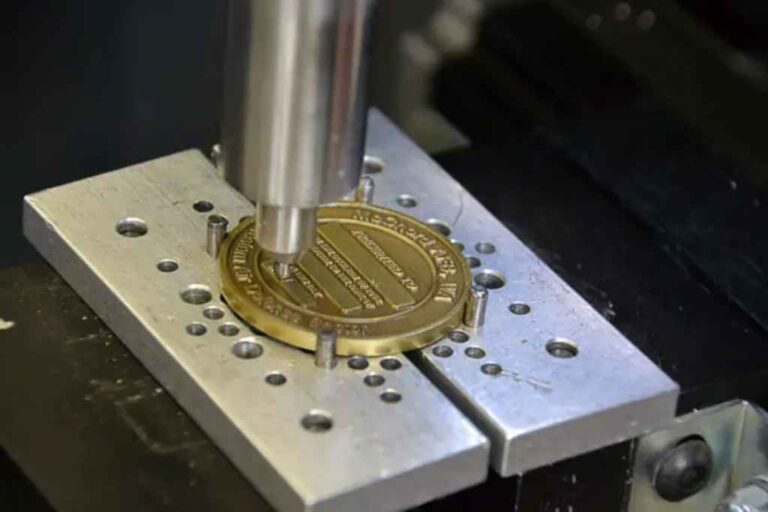
Personalized Coins & Custom Coins Are Fun To Collect, Make Great Gifts, And Are Smart For Businesses
Personalized coins & custom coins are a fun way to add a little spice to your coin collecting hobby. Make coins for yourself or for others as gifts. Giving out custom coins is also a great way for an organization to make a first impression! Here's how to make personalized custom coins for a special event, a gift, or a personal anniversary.
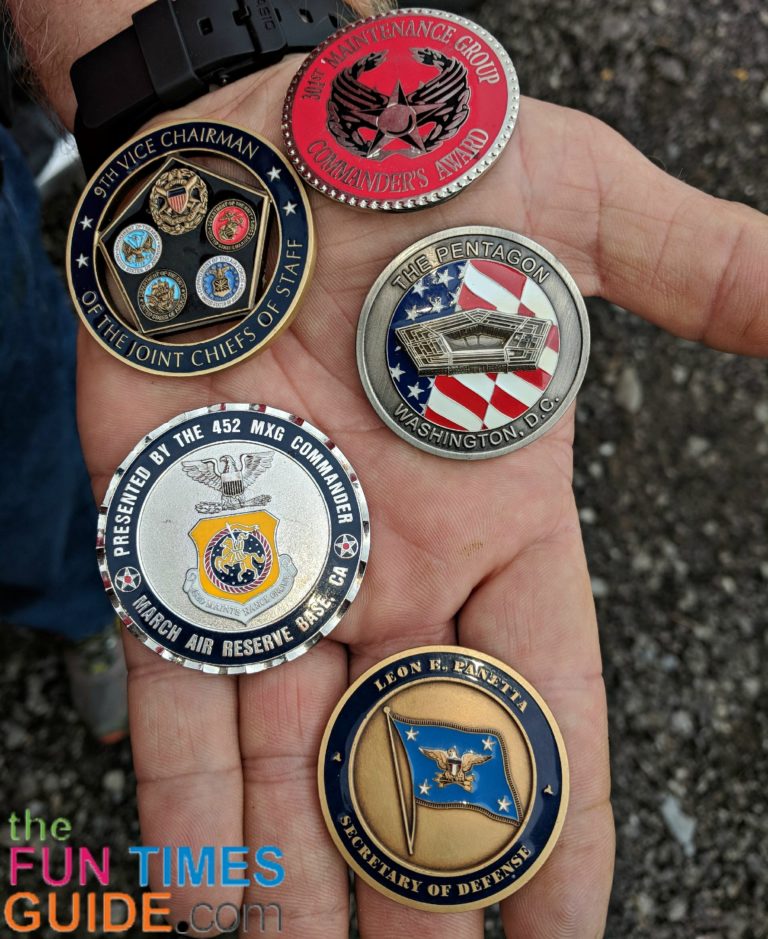
Challenge coins are not really coins. They're not made by the U.S. Mint, and they're not used as currency. Challenge coins first appeared during World War I. Here's the story behind challenge coins, why they're called challenge coins, how the coin challenge game works, and how much military challenge coins are worth.

